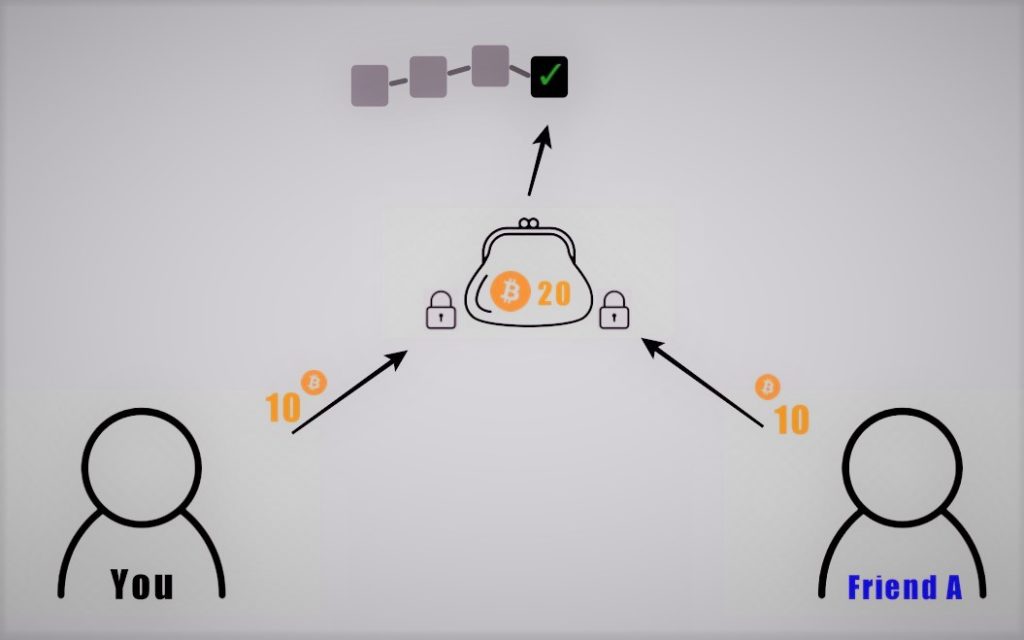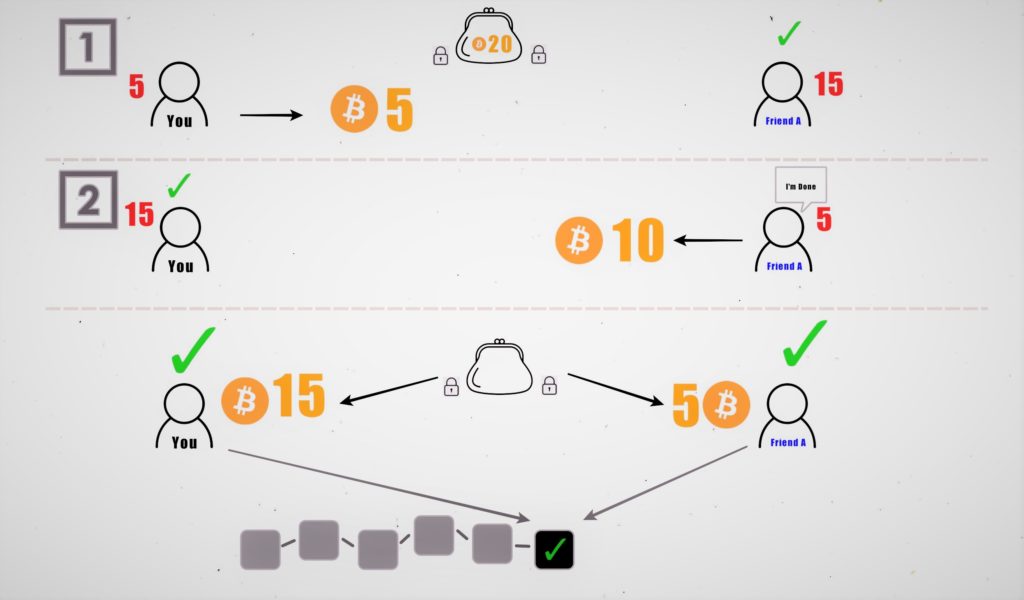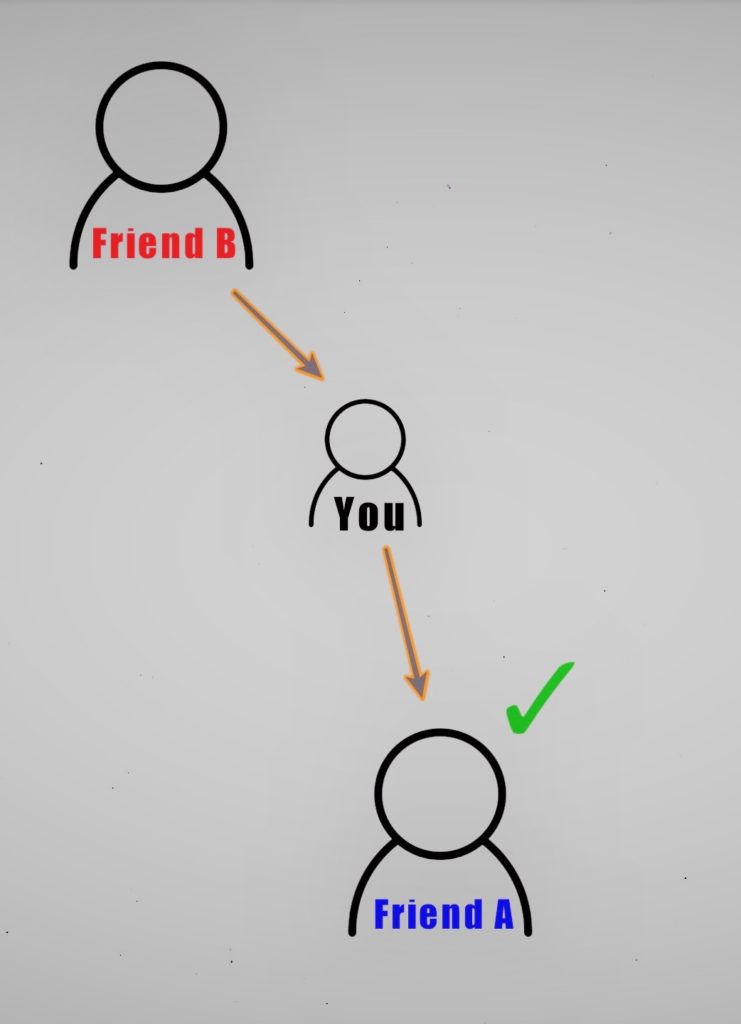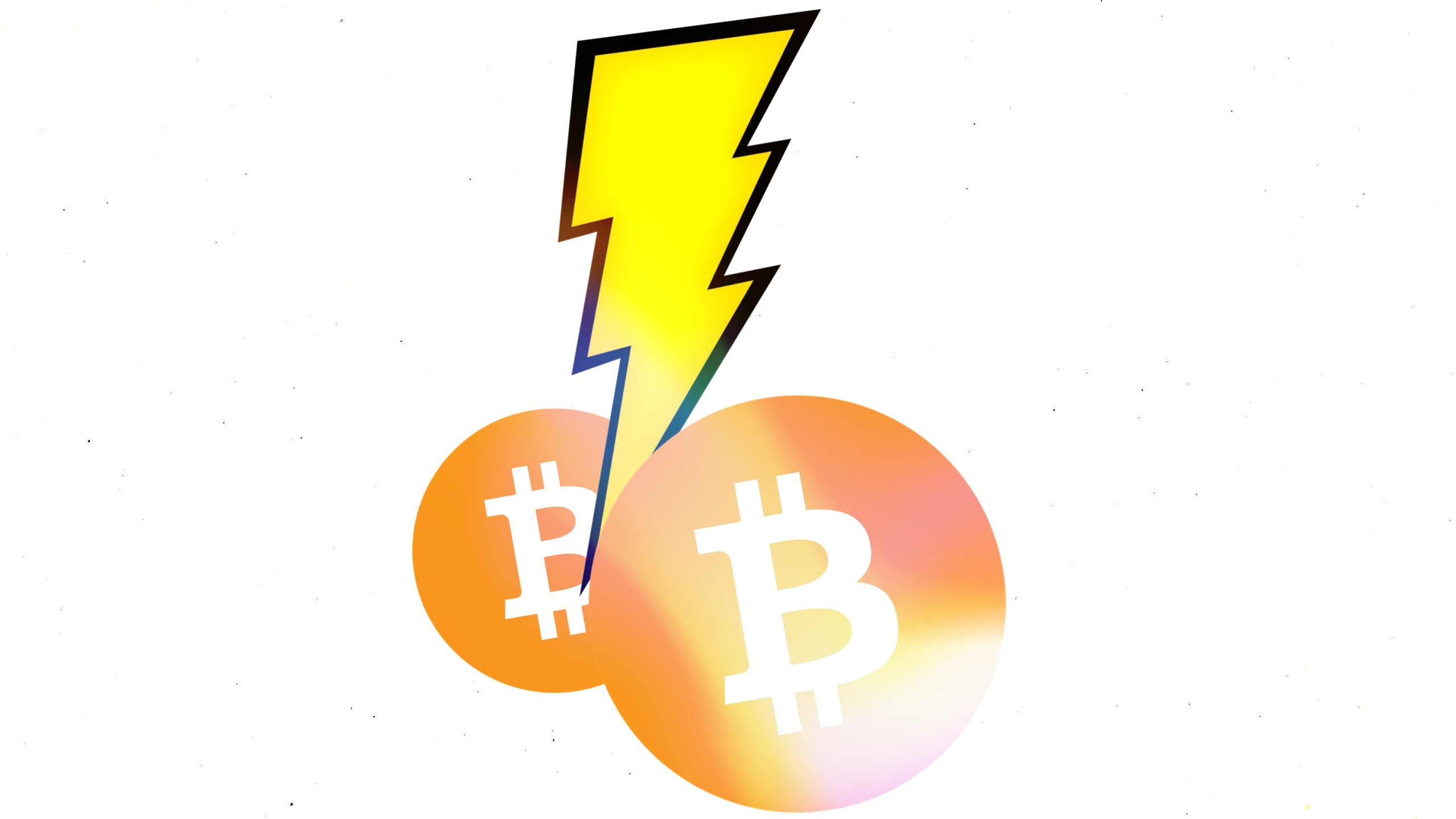Bitcoin Lightning Network Explained [Simply] With Benifits and Drawbacks
In 2008, Bitcoin was created to facilitate fast and easy online transactions while focusing on user privacy.
However, over time, completing Bitcoin transactions quickly has become challenging. With each passing day, the Bitcoin network welcomes more users, resulting in congestion and slower transactions. In fact, during the first six months of 2017 alone, transactions surged by over 1000%.
To address this issue, Bitcoin underwent a Soft Fork known as SegWit, which increased block size by removing signature data from Bitcoin transactions, thereby freeing up space and enhancing block capacity to accommodate more transactions.
While these measures were implemented, various improvements on the Bitcoin network enable users to pay higher fees to miners to expedite transaction validation and enhance transaction speed.
Despite these efforts, Bitcoin can currently handle a maximum of 27 transactions per second. In contrast, traditional payment channels like Visa manage up to 50,000 transactions per second.
The disparity is evident.
To address the scalability challenge in Bitcoin, Joseph Poon and Thaddeus Dryja released a draft of the Lightning Network white paper in February 2015. This innovation aims to further enhance Bitcoin transactions.
What Is Lightning Network?
Lightning Network is a second layer built on the Bitcoin blockchain, enabling users to establish channels for instantaneous transactions with minimal or even zero fees.
To conduct Lightning Network transactions, both the sender and receiver must deposit equal or greater amounts into a multi-signature wallet, requiring approval from both parties to initiate a transaction.

These initial deposits are recorded on the Bitcoin blockchain.
Once the funds are deposited, a Lightning Channel is established, allowing transactions to occur until either party decides to close the channel.
Upon closure, the remaining balance in the channel is distributed to both parties and recorded on the Bitcoin blockchain.
Notice something?
The Bitcoin blockchain is only utilized when opening and closing Lightning Network channels. During transactions within the channel, blockchain involvement is unnecessary.
In essence, the Lightning Network empowers users to conduct numerous transactions off the primary Bitcoin blockchain, consolidating them into a single record.
How Does Bitcoin Lightning Network Works?
A typical Bitcoin transaction involves several steps to be deemed valid and recorded on the Blockchain.
For instance, if you send 1 Bitcoin (BTC) to your friend A, the transaction is first propagated and validated by network nodes, which maintain a full record of the blockchain.
Subsequently, a miner intervenes to add the transaction to a block. Once added, nodes verify the block and propagate it.
Finally, after these steps, your 1 BTC successfully reaches your friend A.

On the surface, these steps may seem straightforward, but they are not.
When your 1 BTC transaction reaches the miner, they have the option to choose different transactions to add to the block. If other transactions offer a higher fee than yours, the miner prioritizes them, and your transaction is placed on a waiting list.
If you also offer a higher fee and the miner confirms it, your transaction still must wait for at least 6 confirmations to be considered valid for addition to the blockchain.
Given that a new Bitcoin block is typically created every 10 minutes, your transaction may need to wait for up to 60 minutes for confirmation.
This process can be frustrating, requiring both payment and a lengthy wait for the transfer of your 1 BTC.
To expedite transactions without fees, you can leverage the Lightning Network.
Transaction on the Lightning Network.
As described above, the Lightning Network enables the opening of a channel for unlimited transactions within the channel’s threshold, for a minimal or even zero fee.
For example, you and your friend A, who frequently transact in Bitcoin, decide to utilize the Lightning Network for transactions, avoiding the time and costs associated with direct settlements.
Both of you agree to a transaction amount of 20 BTC. To open a lightning channel, you each deposit at least 10 BTC into a multi-signature wallet, requiring both your and friend A’s signatures to release funds.

Once you have successfully deposited 10 BTC each, a lightning channel is created between you and friend A, and this initial 10 BTC deposit is recorded on the main Bitcoin blockchain as the first transaction.
Now, you pay 5 BTC to A through the lightning channel, and A instantly receives the payment. The network then displays your balance as 5 BTC and A’s balance as 15 BTC, totaling 20 BTC, which matches the initial deposit.
In the second transaction, A sends you 10 BTC via the lightning channel. The network now shows A’s balance as 5 BTC and yours as 15 BTC, still totaling 20 BTC.
After two transactions, if A decides to exit the channel, the remaining balance is released to both of you and recorded on the Bitcoin blockchain.

As observed, only two transactions are recorded on the original Bitcoin blockchain: the initial deposit and the remaining balance of the channel.
However, if you were to exit the channel without informing A, a one-sided withdrawal would require you to wait for 1,000 blocks’ confirmations (approximately 1 week) to retrieve the deposited Bitcoins back, while A would receive the Bitcoin instantly.
Alternatively, if A were to close the channel using the prior transaction where they received a higher amount than you, you could penalize A.
What if a Third Person Wants to Be Involved?
In the Lightning Network, it’s feasible for a third person to participate.
Suppose your other friend B wants to send a Bitcoin payment to friend A, and neither B nor A have an open lightning channel. However, you and B do.
In such a scenario, the Lightning Network allows you to act as a small node facilitating transactions between A and B. In return, you receive a small fee for facilitating the transaction through your channel.

Now that you understand what the Lightning Network is and how it works, let’s delve into some of its benefits and drawbacks.
Benefits of Lightning Network.
Transactions Settled Instantly.
Enjoy instantaneous fund transfers once you’ve opened a Lightning channel, bypassing the time-consuming steps of traditional blockchain transactions.
Small Fee.
With Lightning transactions, the need for miners is eliminated, allowing for small transactions to be conducted with minimal to no fees. Occasionally, there may be nominal fees when utilizing a third-party channel.
Enhanced Privacy.
Lightning transactions are challenging to trace due to their minimal visibility on the blockchain, limited to channel opening and closing events.
These benefits highlight the efficiency and convenience of Lightning transactions. However, like any innovation, the Lightning Network also presents some challenges.
Drawbacks of Lightning Network.
Only Suitable for Small Payments.
Once funds are locked in a multi-signature wallet, users are restricted from conducting Lightning transactions with funds outside of this wallet, potentially hindering larger transactions.
No Offline Payments.
Transactions require both parties to be online simultaneously, limiting the network’s usability for offline payments.
Time Consuming.
Instant settlement is contingent upon all participants being responsive.
In cases of unresponsiveness, users may experience delays in closing payment channels and rerouting transactions.
It Leads to Centralization.
The proliferation of Lightning channels by a single entity can centralize control, potentially undermining the decentralized ethos of the network.
Conclusion.
In conclusion, while the Lightning Network offers promising solutions to Bitcoin’s scalability challenges, it’s essential to consider both its benefits and limitations.
Despite these drawbacks, the Lightning Network represents a significant advancement in facilitating faster and more efficient cryptocurrency transactions.
